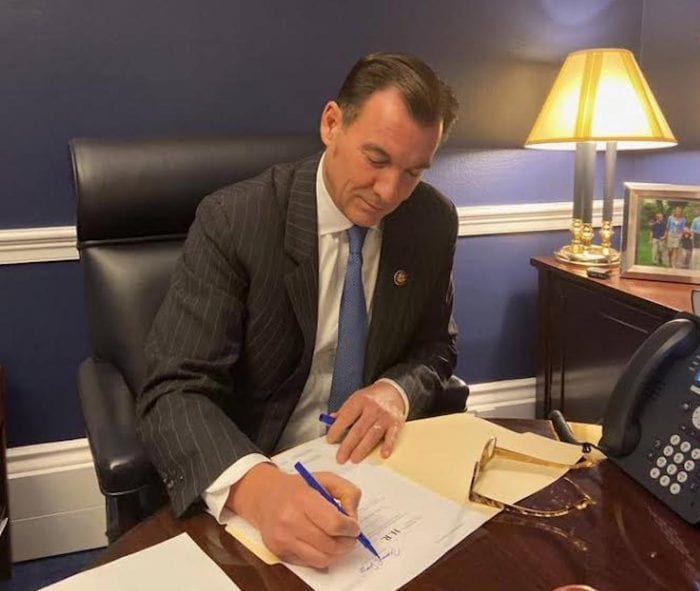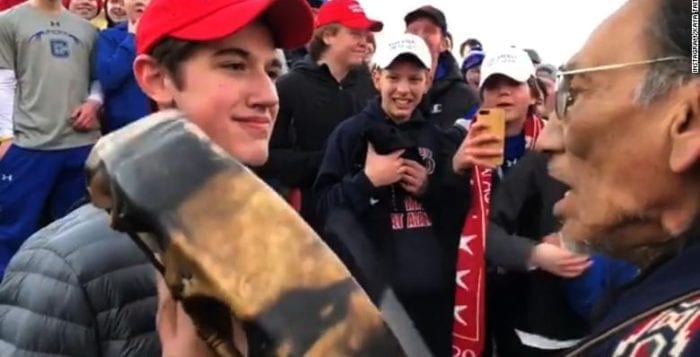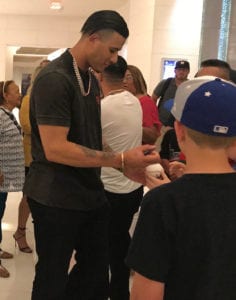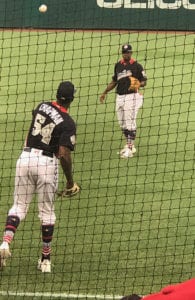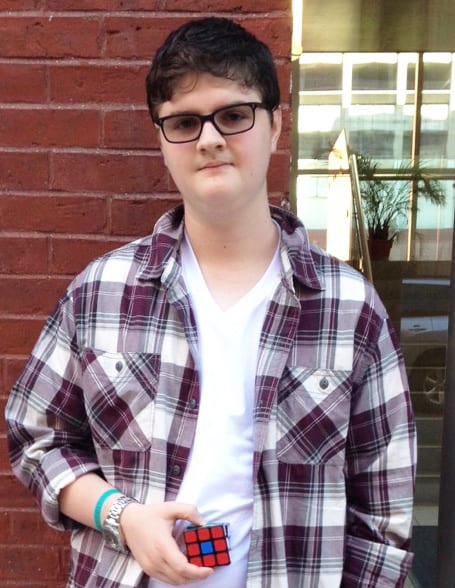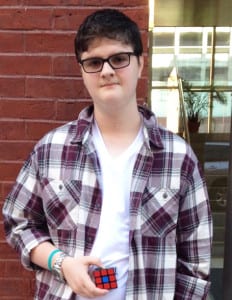On a call with reporters Jan. 6, U.S. Rep. Tom Suozzi (D-NY3) said he was in the chambers of the Capitol when it was breached by Trump supporters who stormed the building. He said he and others were ushered to a safe place.
The congressman said he was more saddened than scared by the siege.
Suozzi said there was a Republican congress member objecting to the certification of the electoral results, when the representatives were notified the building had been breached. They were told to reach under their chairs and get the gas masks that were under them. According to the congressman, tear gas at the point already had been used in areas of the building.
“And then there started to be some people banging at the doors,” he said. “Capitol Police drew their weapons.”
Suozzi added that something broke through the main door, and he heard a popping noise.
He said he was up in the gallery with other members of Congress. At one point, there were concerns they couldn’t exit and 30 were still remaining, waiting to see if protesters would break through the doors. After determining what door to use to leave, they finally were able to exit the chambers.
He said when he left the room, there were several protesters on the floor surrounded by Capitol Police.
“I feel very strongly that we have to get back to the chambers, and we have to certify this election,” he said. “And we have to deem Joe Biden, Kamala Harris, President, Vice President, of the United States of America.
Suozzi said he disagreed with his colleagues who are objecting.
“But it was a debate on the floor and that’s what we do in our country — we debate,” he said. “Outside there were protests and protests are okay, too, but not violent protests and this violence that we’re seeing is completely unacceptable.”
He said the president and others fomented the protests.
“This is completely lawless, irresponsible,” Suozzi said. “We must get back to the chambers, and we must certify this election as fast as possible, and show the country and the world that our democracy will continue to thrive and survive and thrive. Even in the midst of this lawlessness, we can always rely on our values, and we have to stick with our values.”
U.S. Rep. Lee Zeldin (R, NY-1) released a statement denouncing the protesters’ actions.
“This should never be the scene at the US Capitol,” Zeldin said in the statement. “This is not the America we all love. We can debate and we can disagree, even on a Jan. 6 following a presidential election. We can all passionately love our country, but in our republic we elect people to represent us to voice our objections in the House and Senate on this day. Additionally, there must be zero tolerance for violence in any form! It is very important now for everyone to please cooperate with Capitol Police who need to gain control of this situation immediately.”

